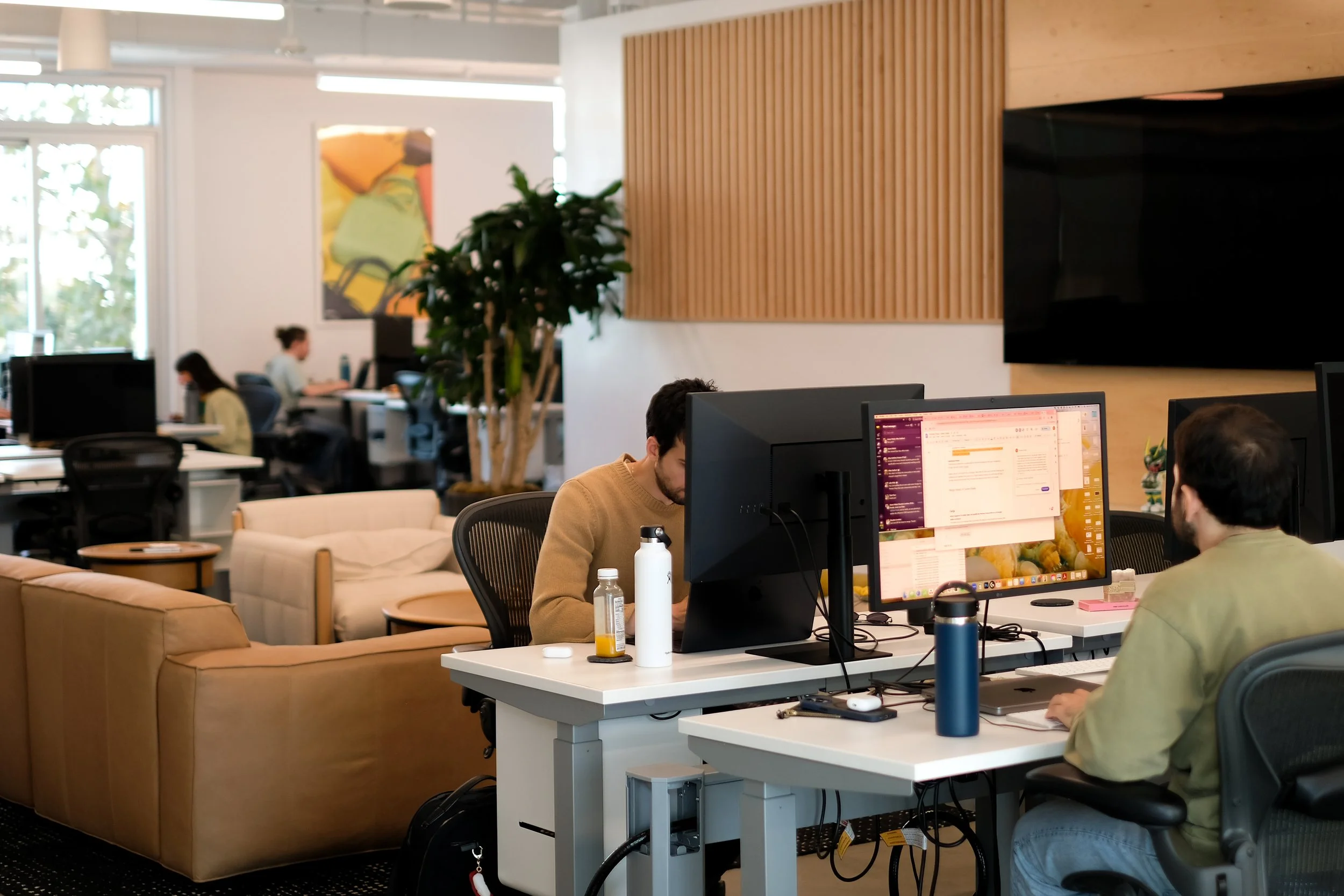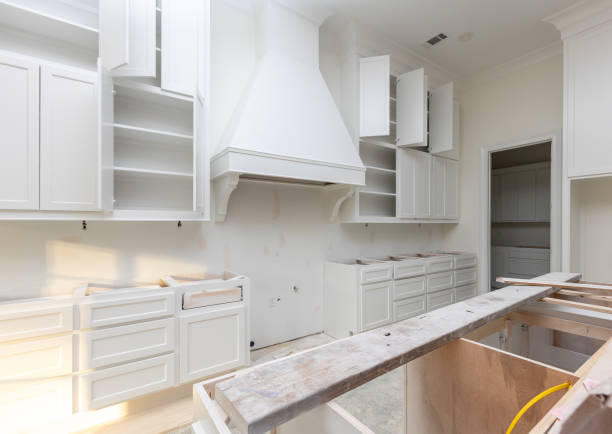Introduction to Conference Table Design
Conference tables are often the unsung heroes of the business world, quietly facilitating important meetings, discussions, and decisions. However, they play a crucial role in shaping the atmosphere, functionality, and productivity of these gatherings. The design of conference tables isn’t just about aesthetics; it’s a blend of art and science. In this article, we delve into the fascinating world of conference table design, exploring how form and function come together to create spaces that inspire collaboration, innovation, and success.
The Evolution of Conference Tables
Conference tables have come a long way since their inception. Initially, they were simple, rectangular pieces of furniture, functional but uninspiring. Over time, the design of conference tables has evolved to meet the changing needs of businesses, as well as advancements in technology and interior design.
Functionality
When it comes to conference table design, functionality is paramount. The table’s size, shape, and material should be chosen to serve the specific needs of the organization. For example, a large, oval-shaped table with power outlets integrated into the surface might be perfect for a technology company where collaborative work and video conferencing are common. On the other hand, a smaller, square-shaped table with a beautiful wood finish could be more fitting for a law firm or a traditional boardroom setting.
Material Selection
The choice of materials for a conference table can dramatically impact its aesthetic appeal and functionality. Common materials include wood, glass, metal, and laminate. Wood lends a sense of warmth and timelessness to a room, while glass adds a modern, sleek touch. Metal, when used as an accent, can provide an industrial and durable look. Laminate is a cost-effective option that can mimic the appearance of more expensive materials.
Technology Integration
In today’s digital age, technology integration is a crucial consideration in conference table design. Many tables now come with built-in power outlets, USB ports, and cable management systems to support the use of laptops, tablets, and other devices during meetings. Integrating technology seamlessly into the design ensures a clutter-free and efficient workspace.
The Art of Conference Table Design
While functionality is key, the art of conference table design is equally important. A well-designed conference table can be a statement piece in an office, reflecting the company’s culture and values. Here are some artistic aspects of conference table design:
Aesthetics
Conference tables come in a wide range of shapes and styles, from classic rectangular designs to unconventional, asymmetrical forms. The choice of aesthetics should reflect the organization’s branding and culture. A sleek, minimalistic table might be perfect for a tech startup, while a traditional, mahogany table could suit a law firm.
Materials and Finishes
The choice of materials and finishes can greatly influence the table’s visual impact. Wood finishes can range from rustic to contemporary, and each one has its unique charm. The type of wood, the grain pattern, and the finish (e.g., glossy or matte) all contribute to the table’s overall look and feel.
The Intersection of Art and Science
The most successful conference table designs are those that seamlessly blend both art and science. Here are some examples of how this intersection plays out in practice:
Branding
A conference table can serve as a powerful branding tool. Its design can reflect the organization’s identity, values, and culture. For instance, a sustainable, reclaimed wood table can symbolize a commitment to environmental responsibility, while a sleek, high-tech table can convey innovation and modernity.
Productivity
Scientifically designed tables take into account the ergonomic needs of users, the placement of power outlets, and the arrangement of seating to foster productivity. Artistic touches, such as creative lighting or integrated multimedia systems, can elevate the overall experience while supporting the practical aspects of the table’s design.
Conclusion
Conference table design is a fascinating blend of art and science. The best conference tables are those that not only look beautiful but also enhance functionality, productivity, collaboration, and innovation in the workspace. By considering factors like material selection, technology integration, ergonomics, and customization, organizations can create conference tables that represent their brand and support their mission.
As the business world continues to evolve, so too will conference table design. With advances in technology and a growing focus on sustainability and well-being, conference tables will remain at the forefront of office design, providing a canvas for creativity and collaboration. In the end, the art and science of conference table design will continue to shape the way we work, interact, and innovate in the modern workplace



